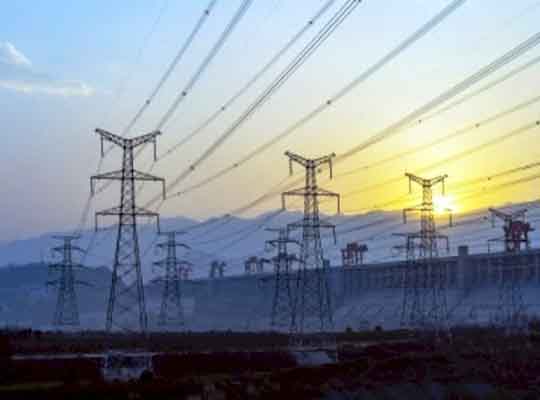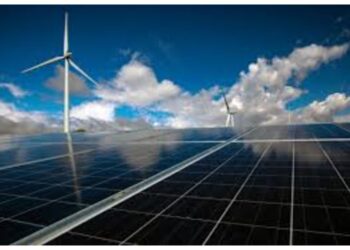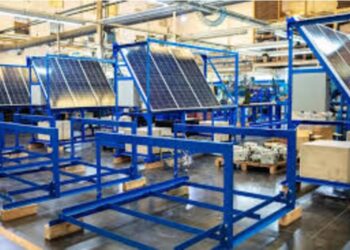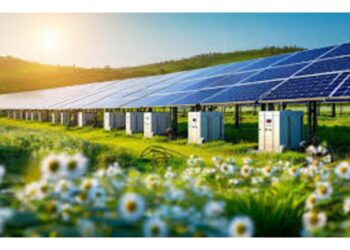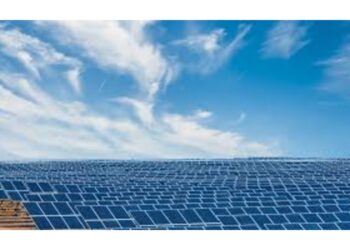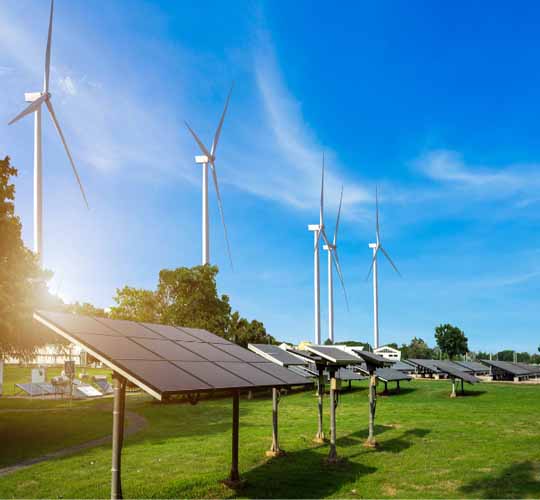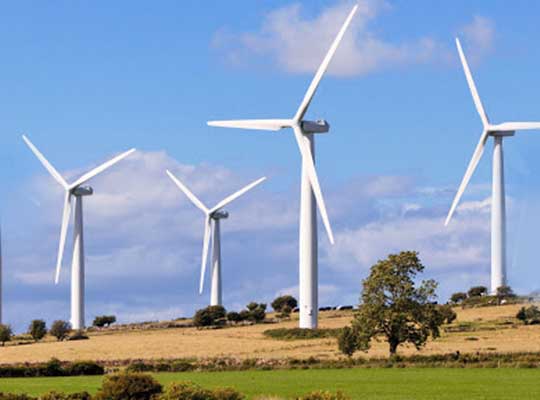The Institute for Energy Economics and Financial Analysis (IEEFA) in its latest report has shown how by facilitating electricity transmission routes, the Indian Railways could fast-track the energy transition. The report, Indian Railways at the Junction, suggests that transporting coal to generators is less efficient and increasingly less competitive than moving actual electricity via cables.
Indian Railways should recognize the utility of placing High Voltage Direct Current (HVDC) lines underground at suitable places on its way.
The author of the report, Charles Worringham, said, “With its in-house solar project plans, Indian Railways is on track to becoming a major renewable energy generator. And it could further support India’s energy transition by evaluating options for HVDC transmission, which could reduce encroachment on forests and farmland, as well as planning delays”.
IEEFA sees strong merit in the electrification of Indian Railways and the collective development of renewable energy infrastructure to leverage excess land (including railway station rooftops), thereby reducing costs and reliance on imported fossil fuels.
The report adds, due to the pandemic and lockdown, the Indian Railways has witnessed a lot of changes like, drop in energy demand, especially a highly clogged network.
Before the Pandemic, 40% of the total lines and all of the freight lines were functional to the fullest. But, during pandemic and lockdown, a sharp decrease in the passenger service resulted in more movement of freight trains and a greater diversity of cargoes, at twice the speed, bringing in new revenue.
By September, coal freight had fallen by 2% to 17,863 NTKMs from the corresponding month of the year, while all other freight trains had increased 29% to 40,309 NTKMs.
Consequently, there has been an analogous change in freight revenue. With many of the new arrangements well in place by September and some economic recovery underway, coal revenues had recovered by that month, but non-coal freight was earning 24% more than the previous year, according to the report.
Indian Railway will need to make important choices of the freight and goods trains to maintain the speed of services when the passengers will resume moving. The railways need to rethink further coal movement through trains. Lower energy demand growth combined with dramatic cost reductions for solar have increased the logistical costs and financial risks of increasing coal freight, according to the report.
As the Railway Minister Piyush Goyal desiring transformation and electrification, the railways need to adopt innovation, re-prioritize freight services, and explore a new role in the transmission of electricity.
Although underground cables will surely cost much more than overhead cables, the use of existing rail right-of-way in India at a scale could bring down these additional costs.
According to the report, One HDVC project in the U.S. will bring out renewable energy from the Canadian border to New York City using HVDC buried beside railway lines, as well as roads and beneath the Hudson River too. The U.S. president-elect Joe Biden has promoted the use of road and rail corridors for transmission infrastructure, in part to reduce delays in obtaining permissions required from private landholders and public authorities, a problem in both the U.S. and India.
“Along with the renewable energy projects already completed and those expected in coming years, the ubiquity of potential routes in almost all renewable energy regions and load centers should make cooperation between PGCIL and Indian Railways on one or more demonstration projects a high priority,” said the author of the report.
Further adding that the “Indian Railways can add to its developing role as a major generator of renewable energy by giving priority to the evaluation of new and potentially lucrative transmission routes, thus supporting a stronger and more flexible grid and further facilitating India’s remarkable clean energy transition.”


